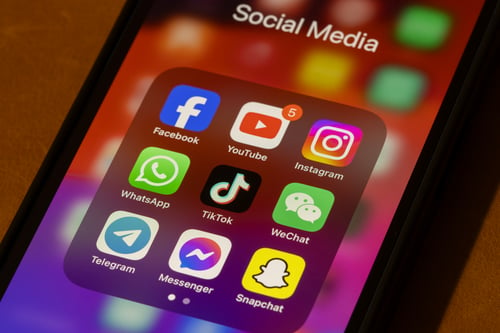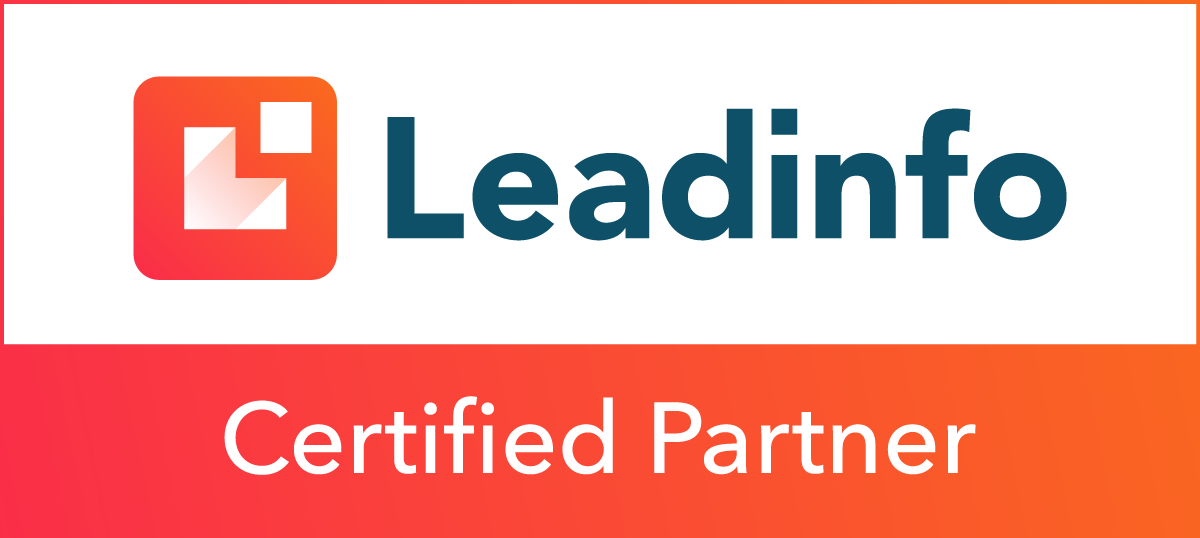
Blog

Social Media Time Machine: From MySpace to the Metaverse
Remember when "poking" someone on Facebook was peak social interaction? Or when choosing your Top 8 friends on MySpace felt like a life-or-death decision? Social media has transformed from simple profile pages to AI-powered content machines in just two decades.
Consider that back in 2003 when Friendster was a social media pioneer, and MySpace, Skype, and LindedIn were start-ups, social media usage wasn’t even tracked yet!
Today, the typical internet user spends almost 2.5 hours each day using social media platforms. A byproduct of all this scrolling may be new ailments such as “smartphone finger”, texting thumb, and trigger finger.
“Unsurprisingly, 5.24 billion people use social media today — that’s 63.9 percent of the world’s population. Social interaction is the number-one reason people aged 16 to 34 use the internet (and the second-most popular reason for older generations),” says HubSpot.
In this brave new social media world, we are watching some “old friends” fall by the wayside –looking at you Skype, which was shuttered on May 5 – as new sites rise to the top of the social media heap.
So, grab some ibuprofen, ice down your thumb, and take a nostalgic journey through the platforms that shaped how we connect online.
Today's Digital Royalty: The Current Champions
Video Platforms: The Entertainment Empire
YouTube (2005) started as three PayPal employees struggling to share party videos. Believe it or not, there were even plans to make it a dating website with the slogan “Tune In, Hook Up”. Today, it's the world's second-largest search engine, hosting everything from cat videos to university lectures. Its evolution from simple video sharing to monetized content creation revolutionized digital careers.
TikTok (2016) emerged from Musical.ly's ashes to become Gen Z's kingdom. Its algorithm-driven short-form content changed how we consume entertainment, making 15-second clips more valuable than Hollywood productions for many creators. TikTok reached nearly 1 billion monthly active users and 2.5 billion monthly visits this year so it’s no surprise that short-form video is now the number one content marketing format.
Photo & Visual Storytelling
Instagram (2010) transformed from a simple photo-filtering app (called Burbn because the founder enjoyed whiskey and bourbon!) to a visual storytelling powerhouse. Stories, Reels, Shopping, and IGTV turned it into a one-stop creative hub that redefined influencer culture.
Pinterest (2010) carved out its niche as the internet's mood board, becoming the go-to platform for inspiration hunting. From wedding planning to home décor, it turned visual bookmarking into a $13 billion business. We can’t consider this a niche platform when it has more active monthly users than LinkedIn!
Snapchat (2011)
The disappearing message pioneer (originally called Picaboo!) that introduced Stories (later copied by everyone). While still popular among younger users, it lost momentum to Instagram and TikTok's superior features and broader reach. Alert: You could argue that Snapchat has been slowly disappearing since a disastrous redesign in 2018 and the rise of TikTok’s popularity. – yet it’s still a Top 10 site in the U.S.
Professional & Business Networks
LinkedIn (2003) survived the social media chaos by staying laser-focused on professional networking. While others chased viral trends, LinkedIn became the digital resume and B2B marketing essential. Let’s be real and call LinkedIn what it is – the adult in the social media room!
The Social Titans
Facebook (2004) evolved from Harvard's exclusive network to connecting 3 billion people worldwide. Despite privacy controversies and algorithm changes, it remains the social media grandfather (and, yes, loved by your grandmother!), adapting through acquisitions and feature innovations.
X/Twitter (2006) revolutionized real-time communication with 280-character thoughts. From breaking news to cultural movements, it became the global town square — for better or worse. Oh, you might have heard of its owner – Elon Musk, who purchased the social media site in 2022 for a cool $44 billion.
WhatsApp (2009) transformed messaging by offering free international texting when carriers charged premium rates. Facebook's $19 billion acquisition proved messaging apps were the future, with WhatsApp now serving over 2 billion users globally, including nearly 100 million in the U.S.
Threads (2023) launched as Meta's Twitter alternative, capitalizing on X's turbulent changes. While still finding its footing, it represents the newest attempt to capture the real-time conversation market. It has cracked the Top 10 of social media site usage in the U.S.
Niche Sites
Reddit (2005) "The front page of the internet" remains influential but struggles with mainstream adoption. Despite massive communities and cultural impact, Reddit's interface and culture can intimidate newcomers, keeping it as more of a specialist platform. With that being said, Reddit lands at No. 4 on the Top 10 social media usage list with 1.1 billion active monthly users.
Tumblr (2007) The quirky blogging platform that launched a thousand memes and subcultures. Tumblr's unique microblogging format attracted artists, writers, and niche communities. Yahoo's $1.1 billion purchase and subsequent content policy changes drove away its core user base, though it maintains a dedicated following. Some are writing its obituary.
Digital Graveyards: The Fallen Giants
Skype (2003-2025) Once the king of video calling, Skype pioneered long-distance relationships and remote work. However, it couldn't adapt quickly enough to mobile-first competitors like Zoom, FaceTime, and WhatsApp. Microsoft's acquisition couldn't revive its former glory. Officially shut down this month.
MySpace (2003-2011) The original social networking king, MySpace allowed unprecedented profile customization. Users could code their pages, choose background music, and rank their "Top 8" friends. Facebook's cleaner interface and better user experience led to MySpace's dramatic fall from 100 million users to digital obscurity.
Vine (2012-2017) Twitter's six-second video app created an entire generation of content creators and comedy formats. Stars like Logan Paul and Liza Koshy launched careers from Vine loops. However, Twitter failed to monetize the platform effectively, shutting it down just as short-form video was becoming dominant—a decision that probably haunts executives watching TikTok's success.
Google+ (2011-2019) Google's ambitious Facebook killer had every advantage: integration with Gmail, YouTube, and Android. Despite forced adoption and advanced features like Circles, it never gained organic user engagement. The final nail came with data breaches and user apathy.
Friendster (2002-2015) The true social media pioneer that predated Facebook and MySpace. Technical issues, slow loading times, and inability to scale killed its momentum. It pivoted to gaming in Asia before finally shutting down.
Orkut (2004-2014) Google's first social networking attempt dominated Brazil and India but couldn't compete globally. Despite having 300+ million users at its peak, Facebook's superior features and global appeal led to its closure.
Clubhouse (2020-2023) The audio-only social platform exploded during COVID-19 lockdowns, attracting celebrities and creating FOMO with its invite-only exclusivity. However, as the world reopened and competitors like Twitter Spaces and Discord Stage Channels emerged, Clubhouse's user base rapidly declined before pivoting to a messaging app.
What's Next?
The social media landscape continues evolving. BeReal's authenticity focus, Discord's community building, and emerging AR/VR platforms suggest the next wave will emphasize genuine connection over curated perfection.
The platforms that survive understand a fundamental truth: social media isn't about technology — it's about human connection. Whether through six-second videos or professional networking, the winners help us connect with others in meaningful ways.
The social media graveyard is littered with platforms that forgot this lesson.
Subscribe to email updates
Recent posts

Related Articles

Topics

Topics

Topics






